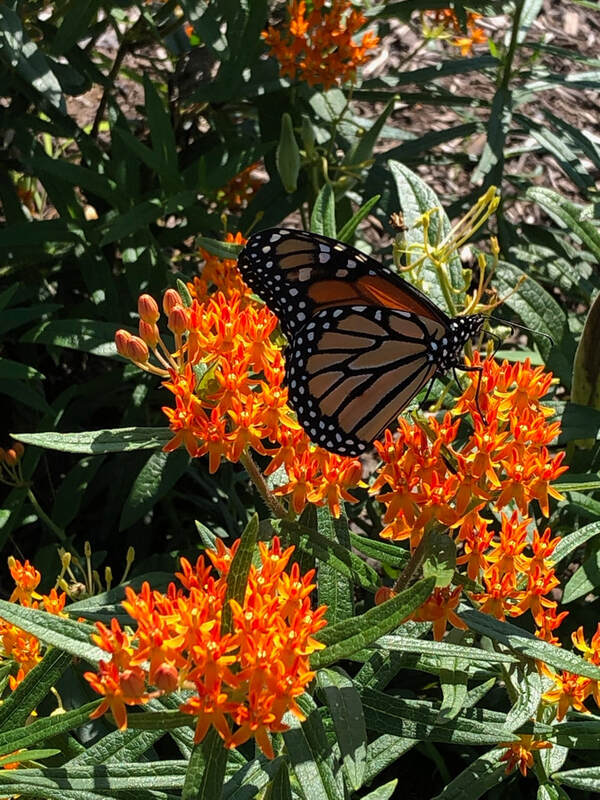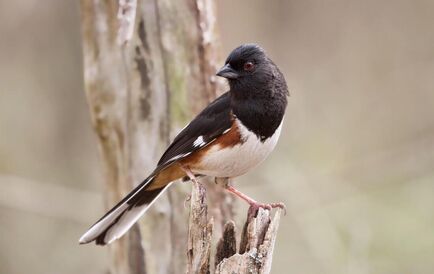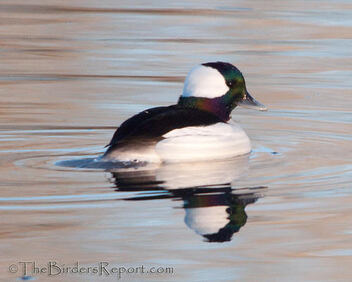Preparing Our Pollinator Gardens for Winter
October, 2021
October, 2021
As many of you are aware, STEM recently installed a beautiful native pollinator garden adjacent to the dog park at Swedes Run. This garden is home to around 1,300 plants spread among ten species. The garden was a great success, drawing in countless pollinators, including many monarch butterflies who fed at the garden and then laid eggs on the common milkweed and butterfly weed plants. They in turn were followed by many monarch caterpillars – and the cycle continues. Now as we enter the fall, the blooms are fading, and soon there will be no new blooms to replace the fading ones.
We all like the look of an uncluttered and tidy garden. Many of us (myself included) are in the habit of cleaning up our pollinator gardens in preparation of winter. Typically, this includes cutting off the dead flowers or cutting off the plant stems at the ground. I certainly understand the desire we have to clean up our garden after flowers have faded and. Shriveled brown leaves, blossoms and stems are not as appealing as the bright flowers that dominate summer and fall. However, they are beneficial to the many overwintering pollinators.
Many beneficial pollinators overwinter in gardens, using plants and debris that are left behind to survive the winter. If you have a pollinator garden with native species that help pollinators during the summer and fall, please leave them standing to provide cover for pollinators through the winter.
- Don’t cut back the dried stalks of perennials (milkweed is a perennial).
- Don’t pull up dead annuals or weeds. They’ll trap whatever leaves blow by, creating their own enriching mulch while shielding insects.
- Don’t install a deep layer of mulch, which could block the insects’ escape in spring.
- Don’t disturb bare soil where many wild bee species, including bumblebees, overwinter in small nests.
- Do consider planting a cover crop to protect small animals and insects.
- Do add new perennials including bulbs, trees and shrubs at a time when fall moisture can help establish their root systems.
- Do delay tilling or — better yet — don’t till at all
|
Various species of butterflies and moths can survive winter by hiding under garden debris, others are active during the winter months, some overwinter as a chrysalis and a few can survive as caterpillars.
These species hibernate under bark and dried leaves:
These species overwinter as a chrysalis:
These species survive as caterpillars:
|
Although they are often overlooked because they don’t have colonies, solitary bees pollinate more efficiently than honeybees. During the winter, many of them hide in the hollow stems of bee balm or ornamental grasses. Others burrow into the ground to overwinter or make use of man-made bee hotels.
There are more than 400 ladybug beetles species in North America that feed on common garden pests — aphids, mites, white flies and scale insects. One ladybug can eat a dozen insects a day, so gardeners and farmers love them. Although invasive species, such as Asian lady beetles, often find their way into homes and become pests, native species only overwinter outside. They rely on cover under rocks, in hollow logs and beneath leaves to survive until spring.
Wasps, ants and midges — a small two-winged fly — are other beneficial pollinators that overwinter.
Do your garden and pollinators a favor and wait until April to rid your flower beds of wilted plants and debris. The pollinators that live there will thank you by ridding your garden of pests and ensuring beautiful blooms in the spring.
- Red mason bees spend the winter as young adults in an unanimated state inside their nest. They build nests in dry hollow stems, in holes in wood and in bee hotels.
- Leaf cutter bees. These bees are another cavity nester. They overwinter bee larvae in nesting holes until next summer.
- Mason bees. These bees are also cavity nesters. They overwinter in hollow reeds and stems with holes around 3/8-inch in diameter. they will also use nesting blocks, with the correct size holes and bee hotels.
There are more than 400 ladybug beetles species in North America that feed on common garden pests — aphids, mites, white flies and scale insects. One ladybug can eat a dozen insects a day, so gardeners and farmers love them. Although invasive species, such as Asian lady beetles, often find their way into homes and become pests, native species only overwinter outside. They rely on cover under rocks, in hollow logs and beneath leaves to survive until spring.
Wasps, ants and midges — a small two-winged fly — are other beneficial pollinators that overwinter.
Do your garden and pollinators a favor and wait until April to rid your flower beds of wilted plants and debris. The pollinators that live there will thank you by ridding your garden of pests and ensuring beautiful blooms in the spring.











